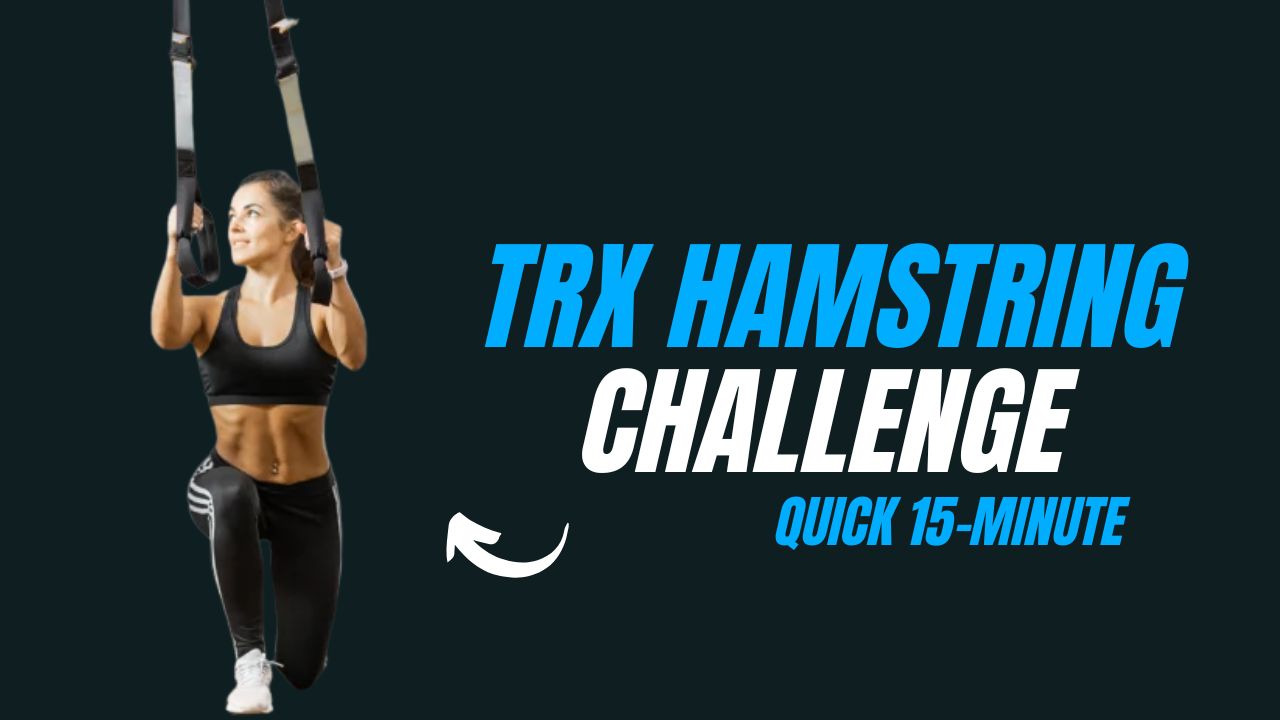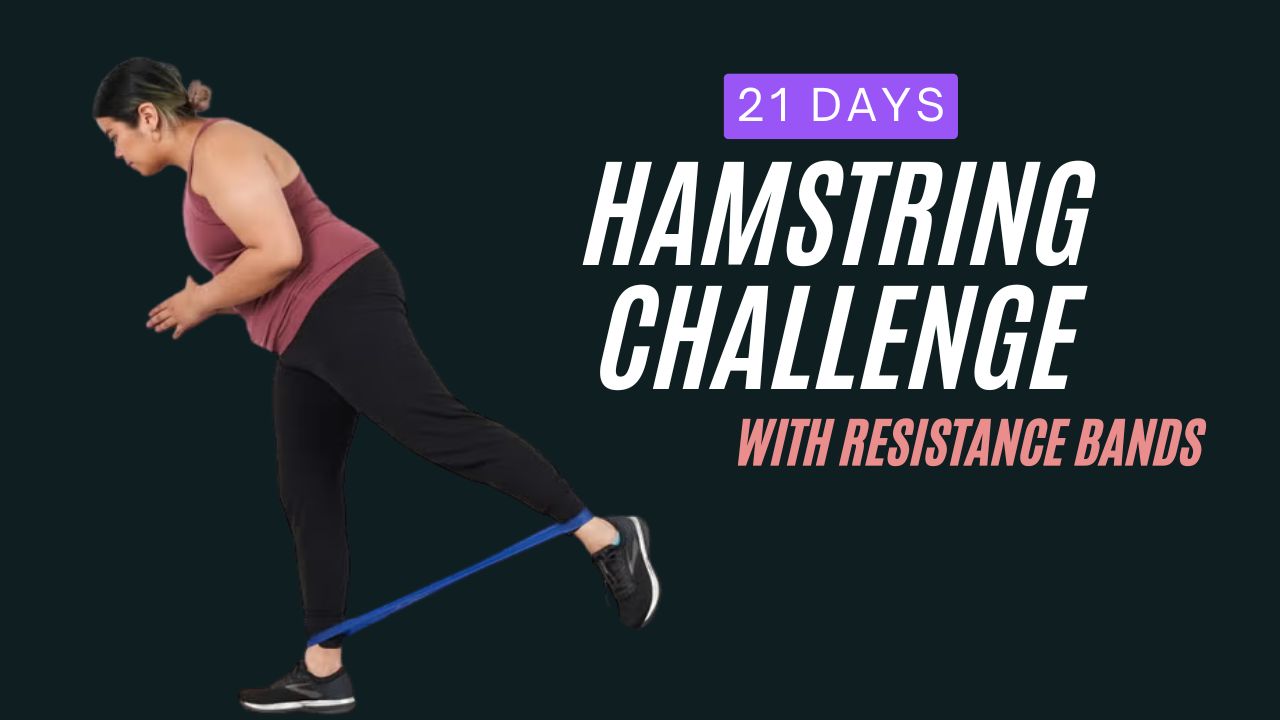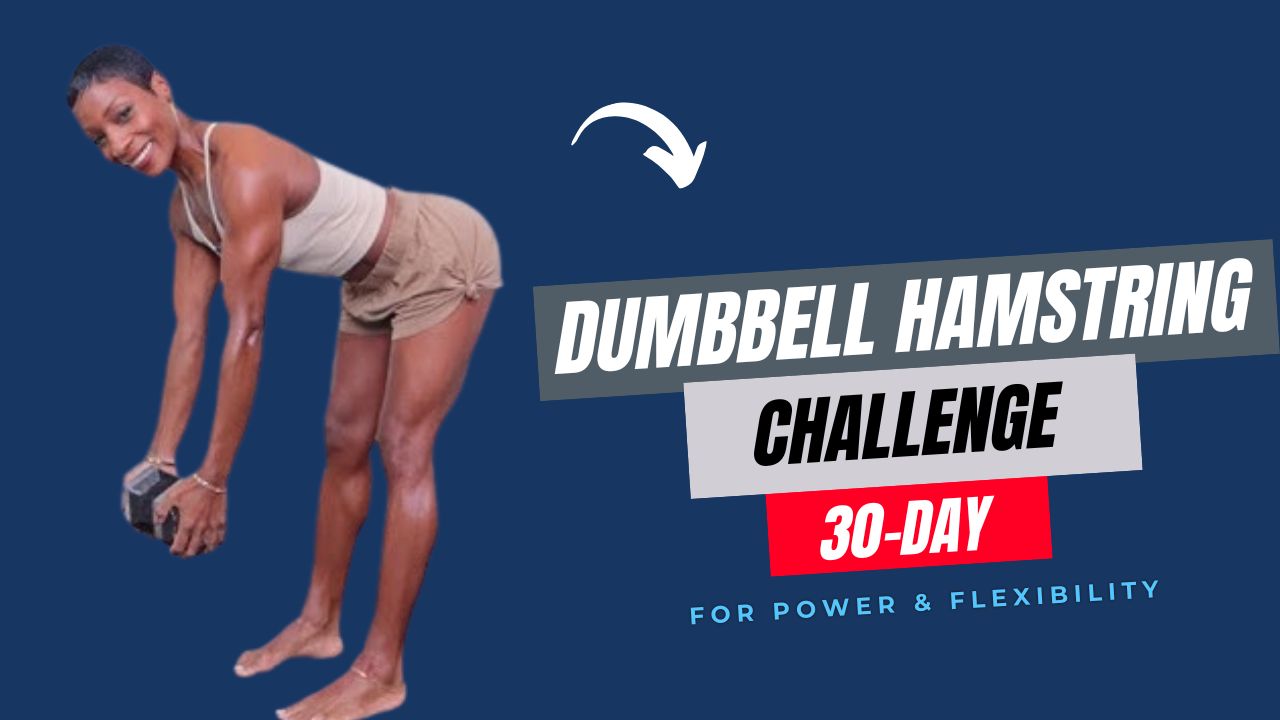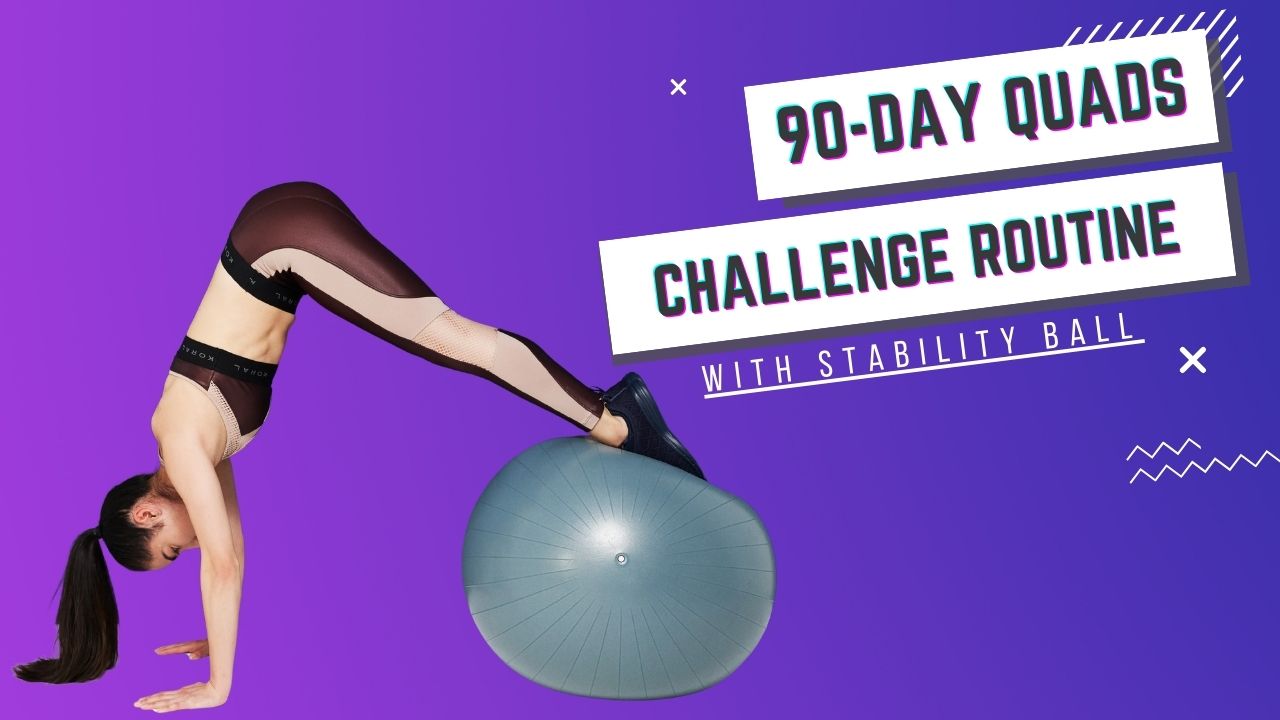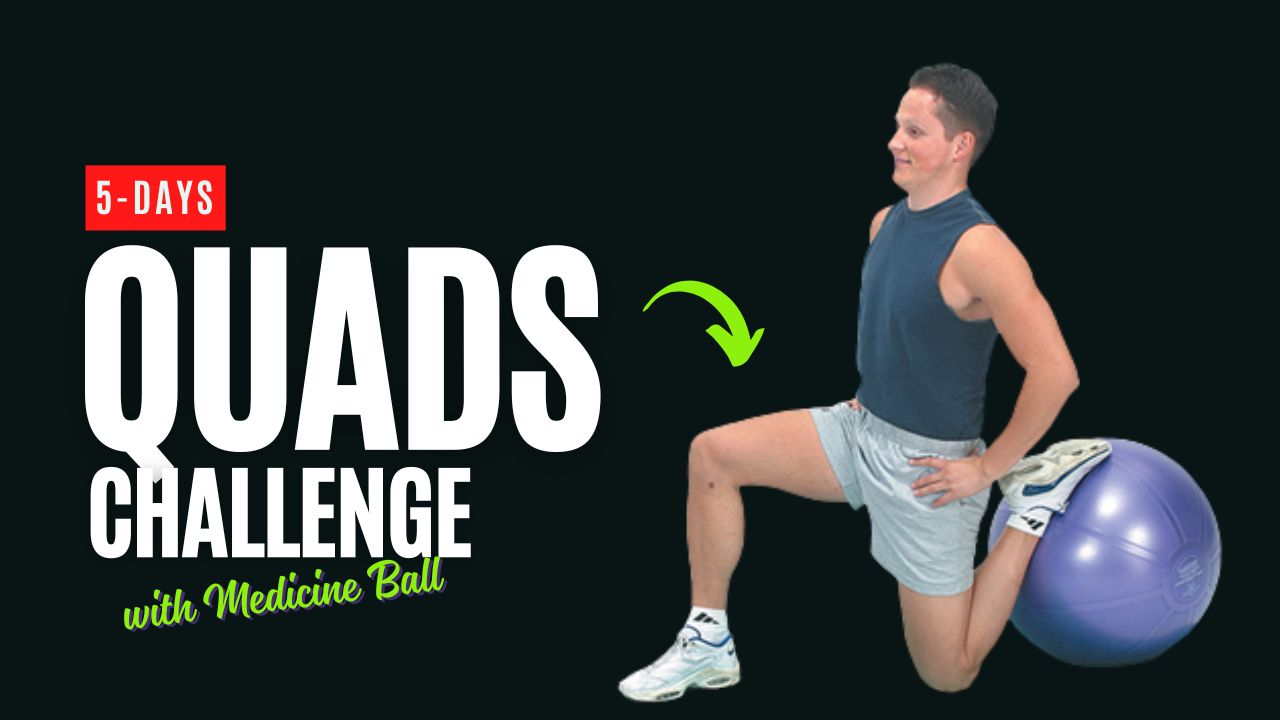Do you know? Most people associate pull-up bars with upper body strength alone—but in reality, they can be your ultimate secret weapon for killer abs.
While floor crunches and planks have their place, gravity-resisting, bar-based movements can fire up your entire core like never before.
In fact, hanging abs moves activate more muscle groups, improve grip strength, and build functional core stability.
Whether you’re an athlete or just starting out, incorporating pull-up bar abs exercises into your weekly routine can completely level up your results.
Below, we’ve compiled 15 of the most effective pull-up bar abs exercises—complete with instructions—so you can ignite your core, sculpt visible definition, and train smarter.
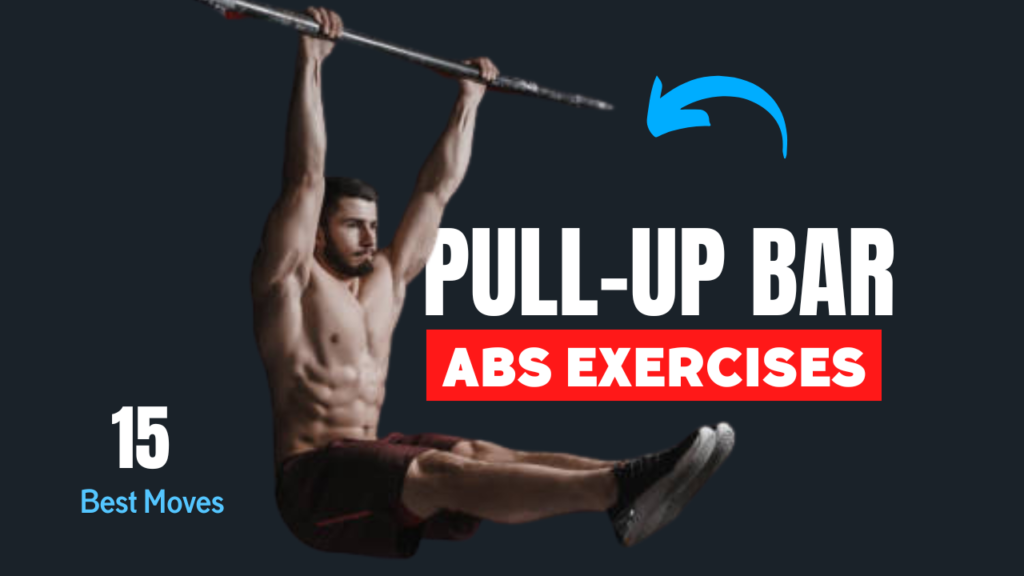
Table of Contents
Why Pull Up Bar Abs Exercises Work So Well
Hanging ab workouts don’t just challenge your rectus abdominis (aka the six-pack muscles); they also target your obliques, transverse abdominis, hip flexors, and even your lats and shoulders.
- Increased time under tension: Your abs stay engaged for longer due to the hanging position.
- Better range of motion: You can extend and contract your abs more fully compared to floor movements.
- Functional training: These movements simulate real-life actions like climbing, jumping, and twisting.
Before You Begin: Form Tips That Maximize Results
- Use a dead hang position to fully extend the body.
- Engage your scapulae (slightly retract your shoulder blades) to prevent shoulder strain.
- Keep a slight bend in the knees if you have tight hamstrings.
- Avoid swinging—control is key for effective ab contraction.
Do’s & Don’ts of Pull-Up Bar Abs Exercises
| Do’s | Don’ts |
|---|---|
| Warm up your shoulders, back, and core before starting. | Don’t jump into advanced moves without building up strength. |
| Start with beginner variations like knee raises or tuck holds. | Don’t rely on momentum or swing your legs wildly. |
| Focus on slow, controlled movements for better muscle engagement. | Don’t rush your reps just to increase count. |
| Engage your core and glutes throughout every rep. | Don’t let your lower back arch excessively. |
| Use chalk or straps if your grip gets weak early. | Don’t ignore grip fatigue—it can lead to poor form or injury. |
| Include rest days for muscle recovery and growth. | Don’t train abs every day without recovery time. |
| Maintain proper hanging posture (shoulders active, not shrugged). | Don’t hang passively with full weight pulling on your joints. |
| Breathe out when you lift, and in when you lower. | Don’t hold your breath during movements. |
The 15 Best Pull Up Bar Abs Exercises
1. Hanging Knee Raises
How to:
- Grip the bar with hands shoulder-width apart.
- Hang with legs straight.
- Bring knees toward your chest.
- Pause at the top, then lower with control.
Benefit: Great for beginners. Focuses on lower abs while training core stability.
2. Hanging Leg Raises
How to:
- Start in a dead hang.
- Keep your legs straight and lift them until they’re parallel to the ground—or higher.
- Lower them slowly without swinging.
Benefit: Intensely targets the lower abs and improves hip flexor mobility.
3. Toes to Bar
How to:
- From a dead hang, lift your legs all the way up until your toes touch the bar.
- Keep your core tight and avoid using momentum.
Benefit: Full core activation and high flexibility demand.
4. Hanging Oblique Knee Raises
How to:
- Raise your knees toward the right side of your torso.
- Lower and repeat on the left side.
Benefit: Targets your side abs (obliques) and enhances waist definition.
5. Windshield Wipers
How to:
- Raise your legs to a 90-degree angle.
- Rotate your legs from side to side like a windshield wiper.
Benefit: Engages obliques and improves rotational core strength.
6. Hanging L-Sit
How to:
- Raise your legs straight out in front of you at hip height.
- Hold this position for as long as possible.
Benefit: Builds isometric strength, balance, and deep core endurance.
7. Hanging Flutter Kicks
How to:
- Lift both legs slightly in front of you and alternate small kicks up and down.
- Keep your core tight throughout.
Benefit: Trains the lower abs and improves muscular endurance.
8. Hanging Scissor Kicks
How to:
- Similar to flutter kicks but with a horizontal scissoring motion.
- Keep your legs extended and alternate crossing them over and under.
Benefit: Combines core engagement with hip flexibility.
9. Hanging Side Leg Raises
How to:
- Lift both legs together to one side of your body, return to center, then switch sides.
Benefit: Focused oblique activation and core balance control.
10. Hanging Leg Circles
How to:
- With legs extended, trace small circles in the air.
- Switch direction after 8–10 reps.
Benefit: Trains core stability and coordination with dynamic movement.
11. Hanging V-Raises
How to:
- Lift both legs up and out in a wide “V” shape, then return.
- Maintain control to avoid swinging.
Benefit: Challenges both lower and upper abs while improving hip flexibility.
12. Around the World
How to:
- Raise your legs and rotate them in a large circular motion from right to left, then reverse.
Benefit: Ultimate core stability move—works all angles of the abs in one go.
13. Hanging Tuck Holds
How to:
- Tuck your knees to chest and hold that position statically.
- Breathe deeply and resist movement.
Benefit: Strengthens deep stabilizer muscles and builds muscular endurance.
14. Hanging Pike Pull
How to:
- From an L-sit, lift your legs even higher (toward head) into a pike position.
- Lower back to L-sit.
Benefit: Advanced move that deepens ab contraction and improves mobility.
15. Hanging Crunches
How to:
- Bend your knees and crunch your torso forward slightly while raising your legs.
- Focus on curling from the core rather than just lifting legs.
Benefit: Simulates a crunch in the air, increasing mid-core intensity.
Common Myths About Hanging Ab Exercises
| Myth | Reality |
|---|---|
| You need strong arms to do ab moves on a bar. | Grip strength helps, but many moves can be modified and built up over time. |
| Only gymnasts can perform these exercises. | There are beginner to advanced levels for all fitness stages. |
| Hanging abs are only for lower abs. | These moves engage upper, middle, and lower abs, plus obliques and stabilizers. |
What Happens After 30 Days of Pull Up Bar Abs Training?
| Change | What You’ll Notice |
|---|---|
| Stronger core | Improved posture, reduced back pain |
| Better grip & endurance | Longer hangs, better upper body strength |
| Visible definition | Tighter waist, more visible muscle lines |
| Better functional fitness | Easier lifting, climbing, and balance-based activities |
Conclusion: Take Your Abs Training to New Heights
If you’ve hit a plateau with your ab training—or just want a challenge that actually translates to real-world strength—these 15 pull-up bar abs exercises are your next-level solution.
With the right consistency, form, and progression, you’ll build a core that’s not just shredded, but powerful.
Start with 2–3 of these moves per workout and gradually work your way up.
Frequently Asked Questions (FAQs)
Are pull-up bar abs exercises good for beginners?
Yes, beginners can start with simpler movements like hanging knee raises and tuck holds. As your grip strength and core stability improve, you can progress to more advanced moves.
How often should I do pull-up bar ab exercises?
2–3 times per week is ideal for most people. Make sure to include rest days for muscle recovery and avoid overtraining the same muscle group daily.
Do pull-up bar ab exercises help burn belly fat?
These exercises build strong abdominal muscles, but fat loss depends on overall calorie balance and cardio activity. Combine your routine with a healthy diet and full-body workouts for best results.
Can I do these exercises at home?
Yes, if you have a stable pull-up bar installed at home (doorframe, wall-mounted, or freestanding), you can perform most of these exercises safely.
What if I can’t hang for long?
Start with short hangs (10–20 seconds) and tuck holds. Use resistance bands or stand on a box to reduce body weight and build up gradually.
Do I need to warm up before doing these exercises?
Absolutely. Warming up with 5–10 minutes of dynamic stretches, shoulder rolls, and light cardio helps prevent injury and prepares your core and grip for the workout.
Are these better than crunches or sit-ups?
Hanging ab exercises offer a greater range of motion and engage more stabilizing muscles. They’re more functional and typically more challenging than floor-based moves.
Will this improve my posture?
Yes. Strengthening your core through these exercises can lead to better spinal alignment, reduced lower back pain, and improved posture over time.
How long before I see results?
With consistent training (2–3x/week), proper nutrition, and progressive overload, noticeable changes in core strength and definition can appear in 4–6 weeks.
Can I combine these with other ab workouts?
Yes. You can combine bar-based movements with floor exercises like planks or Russian twists to build a well-rounded core routine.





